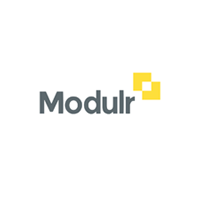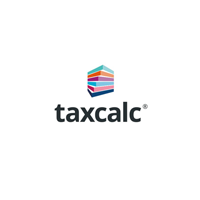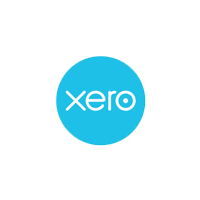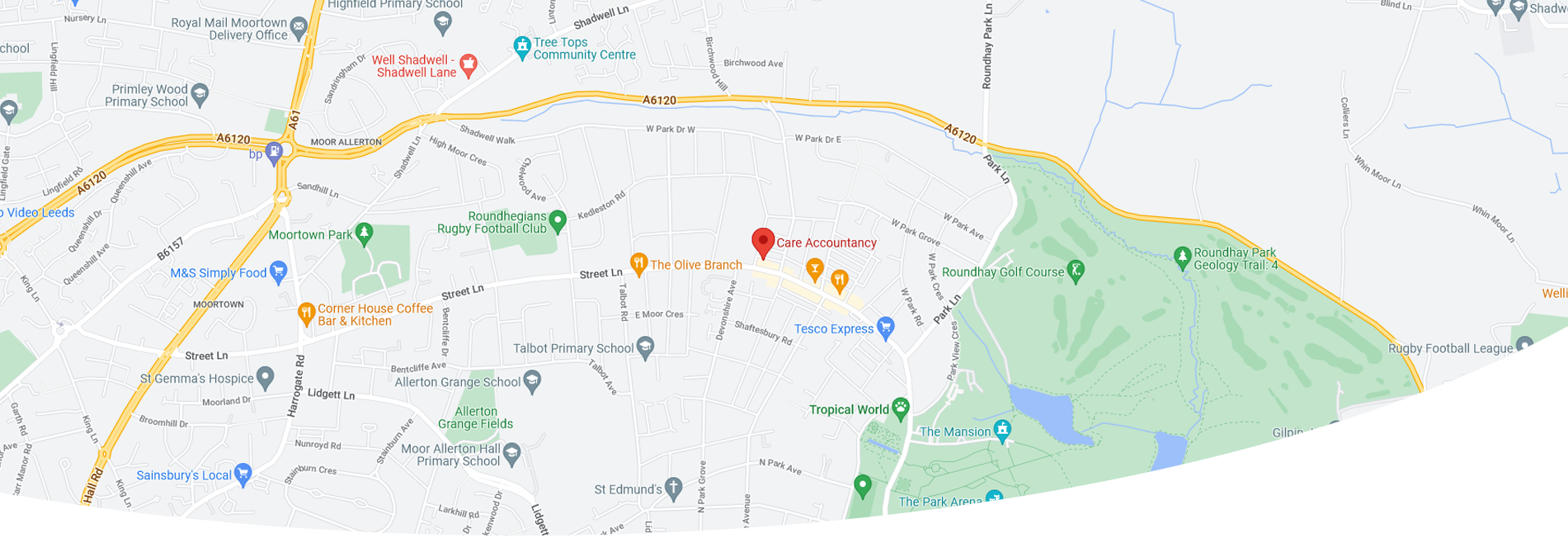Inheritance
Tax Planning
A tax on the estate, including all property, possessions, and money if someone has died, is called the Inheritance tax. Inheritance tax (IHT) liability usually arises when someone dies, and estate valuation is over the inheritance tax threshold Nil rate band. The deceased’s estate includes assets held in trust and gifts and made seven years before death. Even if there is no inheritance tax to pay, it still needs to be reported to HMRC.
There are special rules for married couples or those in civil partnerships. When a person dies, business property relief is available for assets left to the spouse or partner, provided they live in the UK and are exempt from inheritance tax. On top of this, the partner’s inheritance tax allowance rises by the percentage of the deceased inheritance tax allowance that he did not use. For example, a couple can currently leave £1 million tax-free (2 x £325,000 tax-free allowances + 2 x £175,000 main residence allowances).
The Nil rate band inheritance tax threshold is up to £325,000, which can be even higher depending on the circumstances and be as high as £500,000, or even £1 million. The basic inheritance tax allowance is £325,000. However, the inheritance tax calculation is not simple but quite complicated.
Suppose the primary residence below the value of £ 2 million is passed to the children or grandchildren. In that case, a Residence Nil Rate Band (RNRB) amount to £175,000 advantage may be available, which may raise the inheritance tax limit to £500,000. On estates worth £2 million or more, the central residence allowance will decrease by £1 for every £2 above £2 million that the deceased’s estate is worth.
In some cases, trusts or gifts made during someone’s life may also be liable to inheritance tax. For married couples and registered civil partners, when one spouse or civil partner dies, the Nil rate band of the surviving partner can be increased by consuming the unused nil-rate band of the deceased partner. The inheritance tax rate is 40%.


A final gift
To your family!
Inheritance tax is payable on death of a person however in certain other cases it may also become payable immediately. Application of rate of tax is 40% but may depend on a case-to-case basis.
The rules relating to Inheritance tax are very complicated. Different types of properties and family situations, which may vary from person to person, can make inheritance tax challenges. We have inheritance tax specialists who can advise on how to plan inheritance tax, for example, to plan payments of such taxes that may fall due and structure them so that the tax implications are minimal.
Money given away before the deceased’s death is still usually counted as part of his estate unless a period of seven years or more had elapsed before the gift was made and is liable to inheritance tax. If the deceased has given away more than £325,000 allowance in the seven years before his death, people he has given the gifts will be charged inheritance tax, on a sliding scale up to a maximum of 40%.
Buying life insurance for paying off some or all the Inheritance Tax can provide relief to the family after the death of the deceased. Most life insurance policies are accounted for as part of the estate. To avoid the liability on the deceased’s estate, the life policy is written “In Trust”, done at no extra cost when taking out the life policy.
Disclaimer
The insurance offers protection to the home and other assets from being sold to pay the inheritance tax liability or a mortgage in the event of a death. The Inheritance Tax liability is discharged before probate is issued and granted. A bank might also release payment directly to HMRC to pay the inheritance tax.
What does writing a policy “In Trust” mean? It means that the insurance money is paid out directly to the beneficiaries and not to the legal estate. Any such payout would not be counted towards the deceased’s threshold and therefore would not be subject to inheritance tax liability, avoiding the lengthy probate process. The funds are passed on to the beneficiary easily and more quickly.
Further, there are several types of trust. The kind of trust the deceased should have depended on its purpose. An essential trust might have minimal cost. However, complexity would add to cost and need expert advice.
In some trusts, when the assets are transferred “In Trust”, they are subject to their Inheritance tax regime and no longer subject to inheritance tax on death. Some trusts pay capital gains and income tax at higher rates.
There are several types of life insurance policies available which have different purposes. However, for the inheritance tax, a whole-of-life insurance policy is used for this purpose. This policy remains operative until the policyholder’s death, as long as there is a default in the payment of the premiums.
Some gifts and property are exempt from Inheritance Tax, such as some wedding gifts and charitable donations. Relief might also be available on specific property types, such as farms and business assets. However, most gifts/offerings into trust are now subject to inheritance tax even if made during the deceased’s lifetime.
Beneficiaries could also take out life insurance against the potential inheritance tax bill on large lifetime gifts given to them during the deceased’s lifetime, not on his death.
Inheritance tax is an area where specialist advice is required. Early planning of how the estate assets would pass on to the beneficiaries of choice is also essential. How much tax is due depends on the value of the gift, when one gave it and to whom?
The estate is only distributed after debts and Inheritance tax is paid, the deadline of which is six months from the month the deceased died. HMRC can charge fines and penalties on delay in payment of the tax liability along with interest on the amount of the inheritance tax. If the asset is a property, HMRC may accept staged payments till the property is disposed of and proceeds realised.
Trying to reduce the inheritance tax liability on an estate is complicated. However, this can be reduced by proper and careful planning through:
- leaving the estate to the spouse/ partner
- putting assets “In Trust” for the beneficiaries
- paying into a pension instead of a savings account
- leaving a legacy to charity
- regularly giving away up to £3,000 a year in gifts.
Care Accountancy can help select a suitable policy that might be a challenge. Our experts can help you choose the correct type of trust is essential to deal with inheritance tax efficiently.

Get in Touch
Rhoundhay
Leeds
LS8 2AL, UK
Coventry Road
Birmingham
B23 6EJ, UK
0121 7268 542
info@careaccountancy.co.uk











